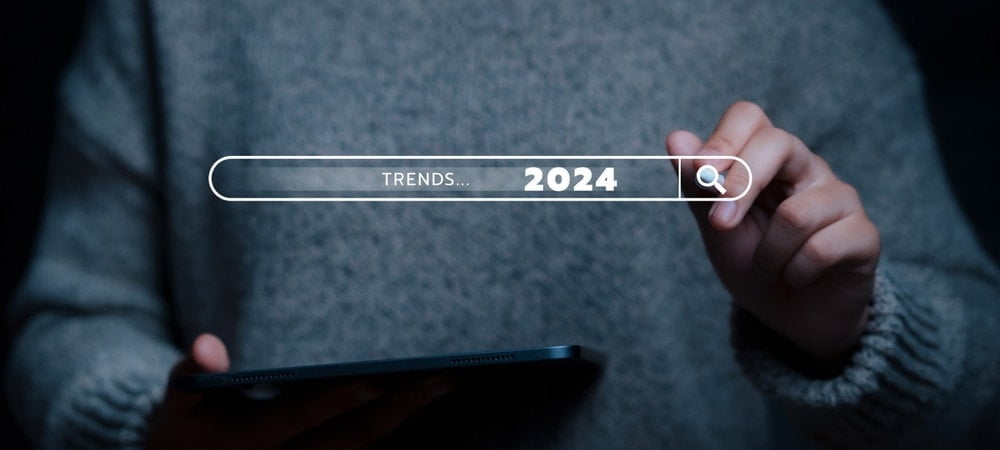Three communication and collaboration trends for 2024


Progressive networking and integration of tools and communication channels
In 2024, the integration of different communication channels and tools will continue to grow. The lines between traditional unified communications solutions and contact center functions will become increasingly blurred. Vendors are also working to seamlessly integrate AI-based bots and other automation tools into their communications solutions. This shows where the journey is heading: towards optimally networked solutions that combine phone systems and UC with contact center capabilities, AI, video, and collaboration, and which can be integrated into existing CRM and ERP systems, as well as other solutions from other vendors. All of this can be accessed through a single user interface for greater efficiency and easier communication task management.

Upon closer inspection, there are some interesting developments in these areas.
Ralf Ebbinghaus,
Managing Director,
Enreach
More AI, more automation
AI and automation technologies continue to advance rapidly and will become even more accessible by 2024. Developments in artificial intelligence and conversational AI, which have already accelerated in 2023, will reach a new level in 2024. More accessible AI platforms and AI tools integrated directly into communication solutions, such as bots and intelligent dialogue systems, will enable companies of all sizes to further optimize their business processes. Automated services will be much more widely used in 2024 than in the past, increasing productivity and reducing errors in a wide range of areas.
Focus on user satisfaction
In 2024, technology users will continue to take center stage. For a long time, the ubiquity of modern technologies and the popularity of smartphones meant that companies were able to keep improving the accessibility of their employees - no matter where, on what day or at what time, employees or colleagues were almost constantly available by phone or chat. After the pandemic, the boundaries between work and private life had dissolved for many people, and making contact outside of traditional office hours was almost part of the "new normal". In the meantime, there has been a shift in awareness: managers and employees are pushing for a healthy work-life balance that not only promotes individual well-being, but ultimately also contributes to higher productivity and better employee retention. Instead of being constantly available, users want to control their own availability in a targeted manner - modern solutions for communication and collaboration make this possible with intelligent functions. The intuitive usability of these solutions and the increasing networking of technologies further contribute to an improved user experience and ensure that complex technologies become manageable and employees can be reached smartly.





